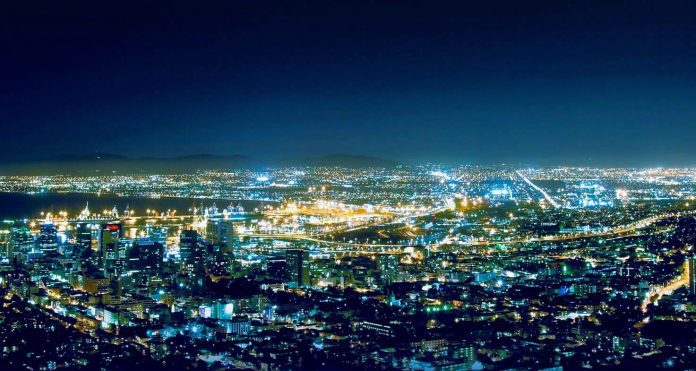Note, this article was updated on December 6, 2018; to see the updated version, click here.
News that the City of Chicago has already upgraded over 76,000 street lights to adpative smart lighting sounds impressive. Indeed, the 12-month swap out programme places Chicago among the leaders for smart city lighting. But only just; Chicago ranks 10th in a hastly compiled top 10 of the very biggest smart street-lighting deployments, dwarfed by parallel projects in Montreal, in Canada, and Los Angeles, in the US.
Enterprise IoT Insights polled the leading smart-city lighting vendors, as ranked by analyst house Navigant Research, for their biggest deployments. Some got back, including two out of three of the leading set, in Signify and Telensa, and one of Navigant’s so-called ‘contenders’, in Canadian firm DimOnOff. Each of these firms, it should be noted, considers itself the leading vendor in the market for smart city lighting.
Others did not; Sensus doubted the value of the exercise, and refused to play. GridComm, Flashnet, and Rongwen did not answer. Echelon said its sales tend to be indirect, and are hard to count-up. “We sell controls – components used in nodes and gateways – to other companies, that then sell systems to cities,” said a spokesperson.
“Our total installed base of such systems is well over million street lights. In other cases where we sell the lighting solution itself, covering the nodes, gateways, and central management system, we typically sell through integrators that pair our control systems with light fixtures and other smart city services. In both of these scenarios, Echelon doesn’t sell the things you see, but we make them part of the ‘internet of things’.”
It is worth considering, as well, cities are generally reluctant to talk about their technology vendors, whether for security reasons, or because their contracts are often with multiple parties.
Either way the below list may be updated, as further entries are offered – and Chicago, backed by Massachusetts-based renewable energy company Amaresco, may be knocked back, at least until it completes its original scope of work, to replace 270,000 street lights in the city.
In making this list, Enterprise IoT Insights also acknowledges its result is imperfect. Size is not everything in the context of smart cities. Other lighting projects might be considered more influential, and important, combining in some cases more extensive smart-city platforms, which introduce an ecosystem of new sensors and applications.
For this exercise, however, we are interested in size, only. Still, the list is imperfect. “Compare oranges with oranges,” warned one vendor. Certain of the below entries cover city locales, with work commissioned by city authorities. Other entries cover broader administrative regions, including counties in the UK, states in the US, and provinces in Canada.
The very top entry is for the city of Montreal, in Quebec, for 250,000 street lights; the rest of the province of Quebec has its own entry in this list, at number three, with 200,000 street lights. These might be combined as a single regional entry, double the Los Angelese deployment in second. Instead, Enterprise IoT Insights has considered the entries as they have been presented.
1 | MONTREAL (city), Canada – 250,000 (by DimOnOff)
2 | LOS ANGELES (city), US – 220,000 (by Signify)
3 | QUEBEC (province), Canada – 200,000+* (by DimOnOff)
4 | GEORGIA (state), US – “hundreds of thousands” (by Telensa)
5 | JAKARTA (city), Indonesia – 140,000+ (by Signify)
6 | BUENOS AIRES (city), Argentina – 100,000+ (by Signify)
7 | BIRMINGHAM (city), UK – 100,000+ (by Telensa)
8 | ESSEX (county), UK – 100,000+ (by Telensa)
9 | HERTFORDSHIRE (county), UK – 100,000+ (by Telensa)
10 | CHICAGO (city), US – 76,000+, stretching to 270,000 (by Amaresco)
*excludes Montreal

